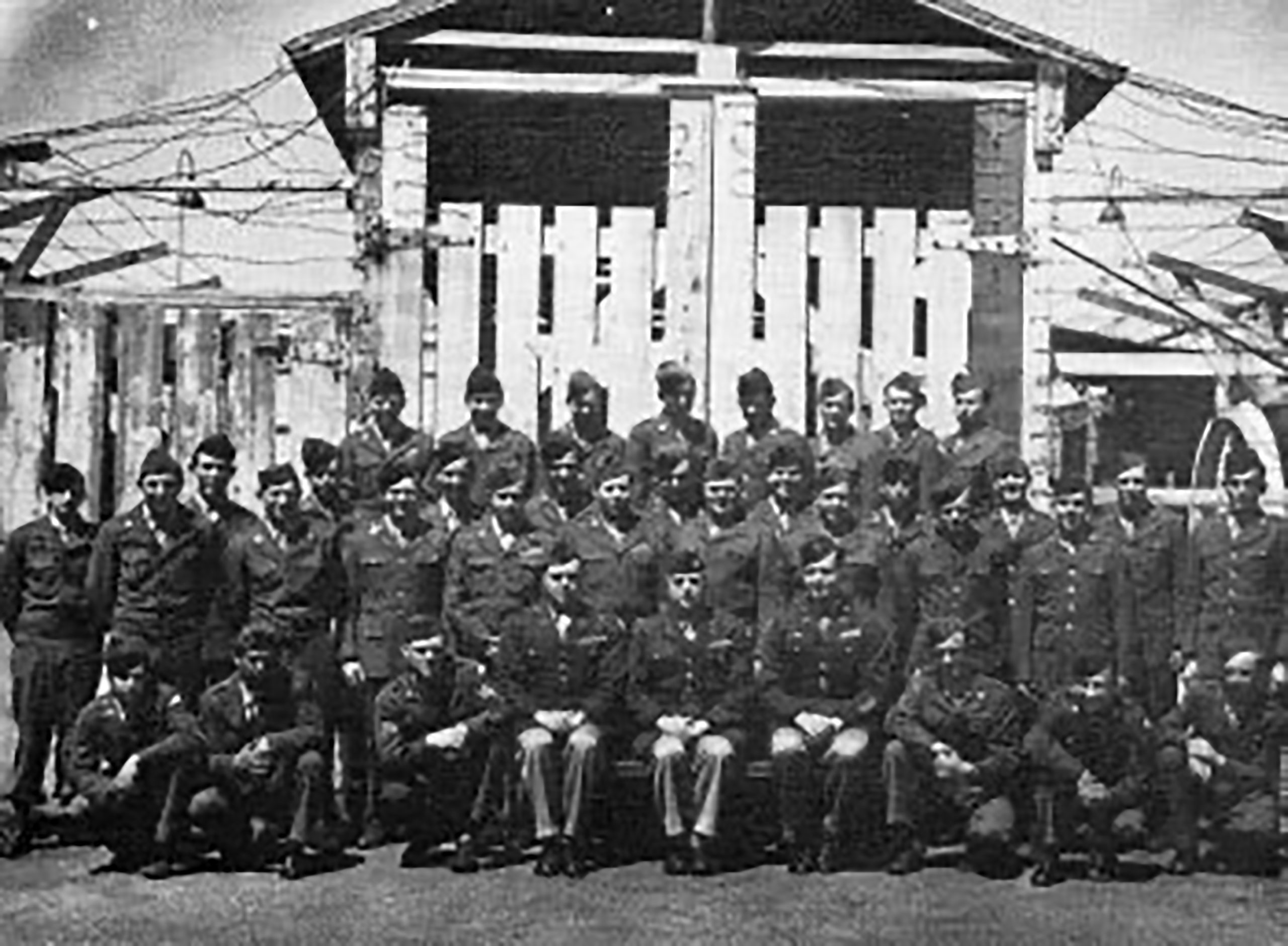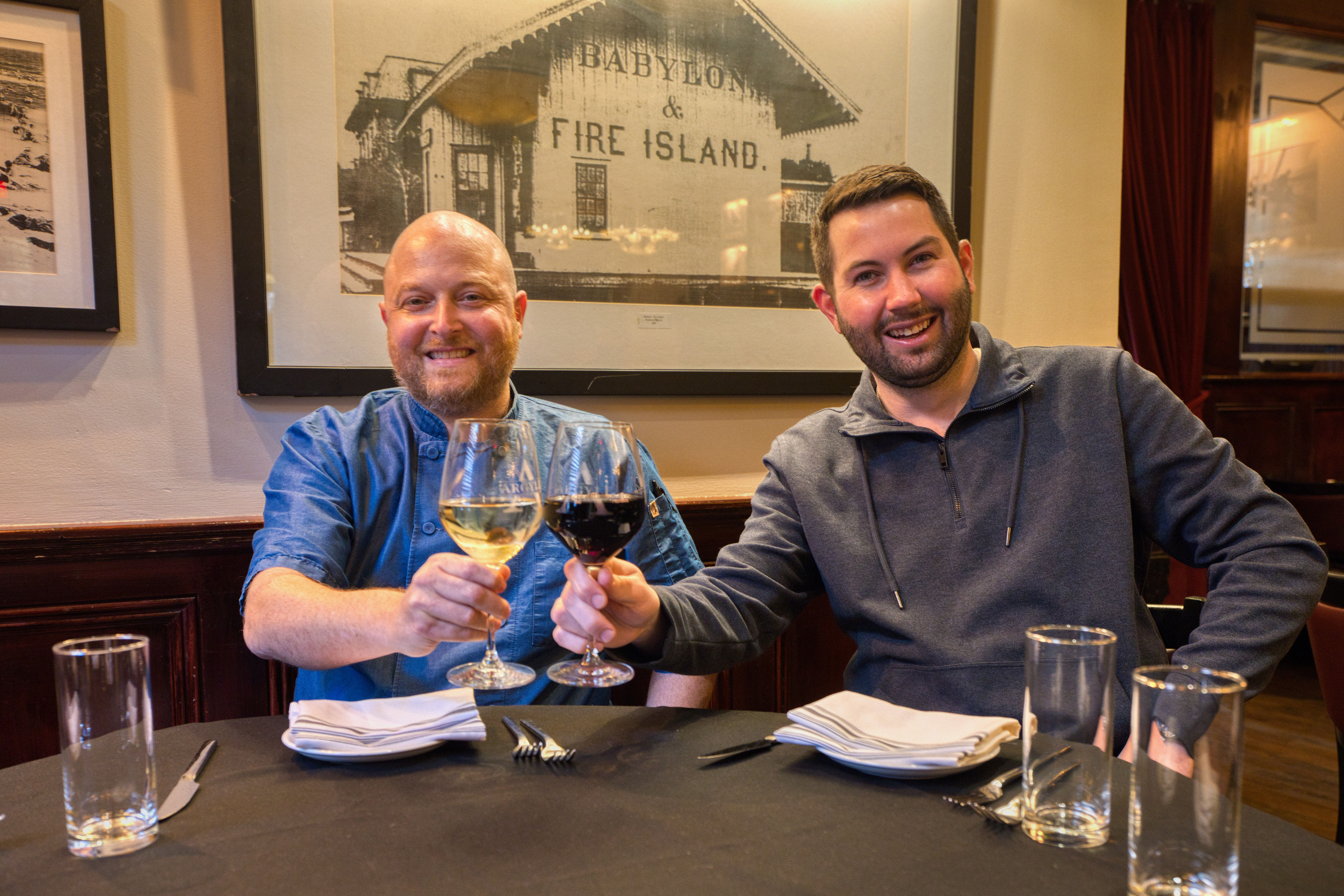
OUR SPONSOR
Greater Babylon coverage is funded in part by The Argyle Theatre, where Broadway comes to Babylon. Click here for tickets to Annie, Nov. 13 – Jan. 4.

Toward the end of World War II, American troops in Europe discovered atrocities that were unimaginable.
Throughout continental Europe, millions of Jewish, Polish, suspected communists, and Roma people were executed, starved and tortured through either Nazi Death or Concentration Camps.
American prisoners of war in many cases were spared no mercy.
With the Nazis refusing to share information with Americans on the details of POWs, a Patchogue resident named Irene Walter discovered her shortwave radio was able to pick up Nazi propaganda broadcast, which listed captured American soldier’s addresses, serial numbers, and names in an effort to display the progress of the Nazi forces.
Irene would use the broadcasts to pin-point the prison camp a soldier was being held, then share that soldier’s status with their loved ones.
Many of these located soldiers died in Nazi custody.
But the Allied Powers held POWs as well.
By 1945, American forces had captured 425,000 German, Japanese or Italian enemy POWs. To alleviate the growing number, the POWs were spread throughout the United States. In April of 1945, Long Island got its first shipment of 500 German and Italian POWs.
These POWs would be dispersed between three temporary prison camps. Mitchel Field in Garden City would come to hold 300 POWs, Mason General in Deer Park (Modern Day Edgewood Preserve on Commack Road), would hold high commanding Nazi officials, as well as POWs with mental health issues, the total held are lost to history, Camp Upton (modern day Brookhaven National Laboratory) housed 1,500.

Upon arrival, the enemy POWs — knowing the treatment of the Americans and POWS at the hands of the Nazis from other Allied powers — expected the worst. But under the command of Col. Raymond Scott of Camp Upton, accommodations surprised the POWs — and outraged the locals.
The facilities in Upton, for example, offered state-of-the-art medical and dental technology, a library, indoor swimming pool, gym, bowling alley, and a music studio.
The dorm consisted of an open-floor plan with the least restrictive movement within the camp. The POWs were allowed to apply for jobs around the base, which paid the national minimum wage of 80 cents a day.
This was all very much by design. Military officials understood that the POWs would eventually be sent back and wanted to have incarcerations reflect the strengths of American capitalism and democracy.
The centerpiece of these camps was mandatory school for POWs. The curricula’s main goal was to provide a reeducation to combat the indoctrination of Nazism. Once the reeducation program was completed at a mastery level, the detainee would be sent back home to their country of origin.

While the camps’ numbers increased, POWs were put to work as truck drivers and other skills that locals depended upon.
Albert Goll, Commander of the Sayville American Legion, filed formal complaints to the federal government and local media stating many of these jobs are “reserved for coming home veterans and should be assigned to farm labor only and the good treatment of the POWs comes at the expense of American soldiers being tortured overseas.”
Other public relation fallouts were the rumors that POWs got beer with their dinner when many Americans could not afford beer or faced rationed food. By mid-1946 all the POWs on Long Island had graduated camp schools and were sent back to Europe.
Dostoyevsky famously said, “The degree of civilization in a society can be judged by entering its prisons.”
Did modeling democracy show the real strength of America and the weaknesses in Nazism? This radical experiment’s part in helping shape modern-day Germany is up for interpretation. But 75 years later, these camps still evoke a whirlwind of emotion, when reflecting on the 40,000 New York soldiers killed in World War II — especially by Nazi forces.





























